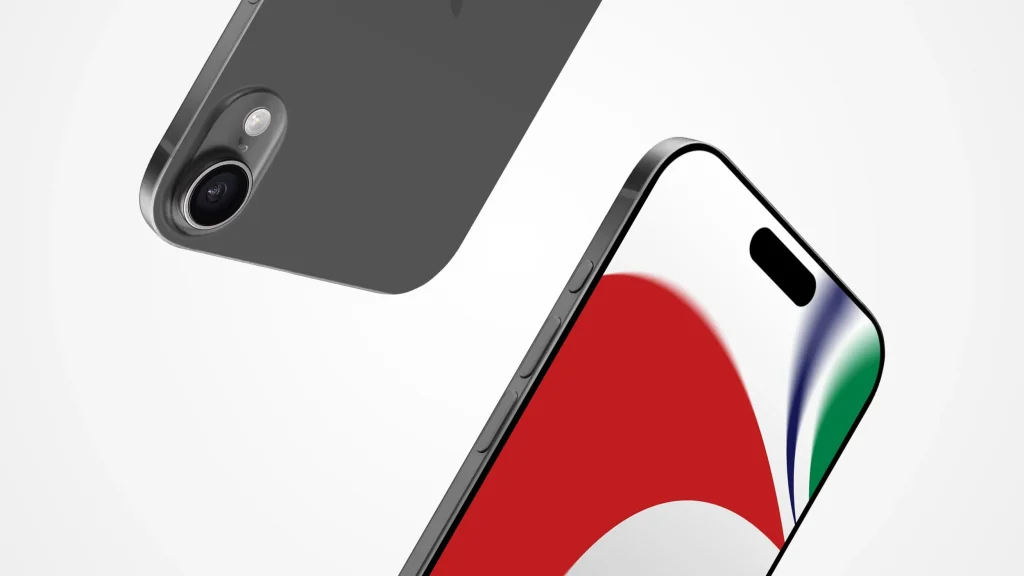The iPhone 16e, which replaced the iPhone SE, was a first-of-its-kind device, blending modern design with cost-saving features like a single rear camera. Unlike Apple’s flagship models, which receive yearly updates, the iPhone SE was refreshed only every few years. According to a report from The Information, this irregular cadence may continue with the “e” series. The report outlines Apple’s iPhone roadmap for 2025, 2026, and 2027, mentioning an iPhone 18e slated for spring 2027 but notably omitting an iPhone 17e for 2025. This absence suggests Apple may skip an annual update for the budget model, potentially due to rising production costs or a strategic pivot.
Industry chatter, as noted on MacRumors forums, supports this view. Sources indicate Apple may have shelved plans for an iPhone 17e due to cost concerns, with a possible reevaluation in summer 2025. Bloomberg’s Mark Gurman also reported that Apple has yet to finalize its decision, leaving open a slim chance for a change, but the current outlook leans against a 2025 release.
Why the iPhone 17e May Be on Hold
The iPhone 16e’s launch drove significant shipment growth in Q1 2025, helping Apple maintain its lead in global smartphone revenue. However, it was the lowest-selling model in the iPhone 16 lineup, suggesting limited demand for budget options in a market favoring premium devices. Consumer Intelligence Research Partners noted the iPhone 16e captured 7% of U.S. sales in its launch quarter, a solid but not standout performance compared to pricier models.
Apple’s focus appears to be shifting toward high-end innovation, particularly with the iPhone 17 series set for September 2025. The lineup will include the iPhone 17, iPhone 17 Pro, iPhone 17 Pro Max, and the much-anticipated iPhone 17 Air, a super-thin model with a 6.6-inch display and a sleek 5.5mm profile. The iPhone 17 Air, expected to replace the underperforming “Plus” model, introduces a bold redesign with a single rear camera and a horizontal camera bar, targeting users who value aesthetics and portability. This emphasis on premium features, like ProMotion displays across all models and advanced 48-megapixel camera systems in Pro variants, may be pulling resources away from a budget-friendly “e” model.
Rising production costs could also play a role. The iPhone 16e, while successful, exerted downward pressure on average selling prices, potentially squeezing margins. Apple’s decision to skip an iPhone 17e may reflect a need to balance profitability with market expansion, especially as global economic conditions remain volatile.
What This Means for Budget Buyers
For users seeking an affordable iPhone, the absence of an iPhone 17e in 2025 could be disappointing. The iPhone 16e remains a compelling option, offering solid performance with the A18 chip and Apple Intelligence features, ensuring it feels modern through 2026. Its single-camera setup and lack of premium features like ProMotion make it a practical choice for those who prioritize value over cutting-edge specs. Posts on X highlight its appeal for users who “just need a new iPhone” and don’t mind a simpler feature set, suggesting it could remain relevant without an immediate successor.
Apple’s long-term plans include an iPhone 18e in 2027, which could build on the iPhone 16e’s foundation with updated chips and design tweaks. Until then, budget-conscious buyers may rely on discounted older models or the iPhone 16e, which some forum users argue should see price cuts after a year to maintain competitiveness.
A Strategic Shift Toward Innovation
Apple’s decision to potentially skip the iPhone 17e aligns with its broader push for innovation in 2025. The iPhone 17 Air, with its radical thinness and high-density battery, aims to redefine smartphone design, while the Pro models introduce features like 8K video recording and Wi-Fi 7 chips. These advancements cater to a market increasingly drawn to premium experiences, as evidenced by strong sales of Pro and Pro Max models. By focusing on these high-margin devices, Apple may be betting that its brand strength can sustain growth without a new budget model in the near term.
However, this strategy isn’t without risks. The iPhone 16e’s success in emerging markets shows demand for affordable options, and competitors like Xiaomi and Vivo are poised to challenge Apple in the mid-range segment. If Apple delays the iPhone 17e too long, it risks ceding ground in price-sensitive markets.
Looking Ahead
While the iPhone 17e’s absence in 2025 seems likely, Apple’s plans could evolve. The company’s history of adapting to market trends suggests it may revisit the “e” series if demand or cost dynamics shift. For now, the iPhone 16e remains a strong budget contender, and the iPhone 17 lineup promises exciting advancements for premium buyers. As Apple navigates this balance, its ability to maintain accessibility without sacrificing innovation will shape its dominance in the smartphone market.
